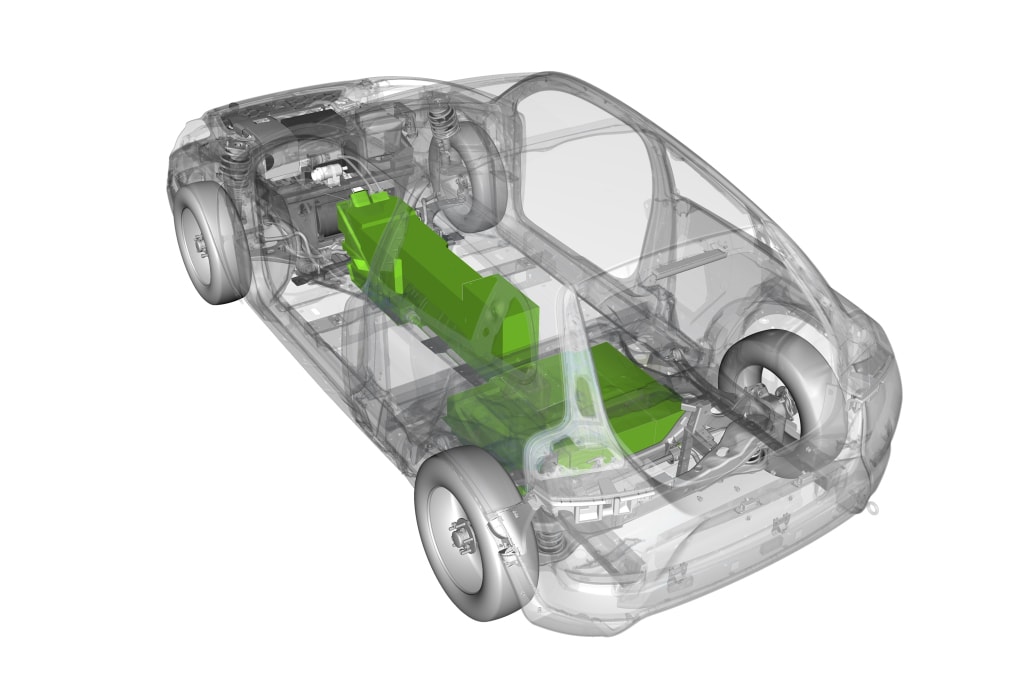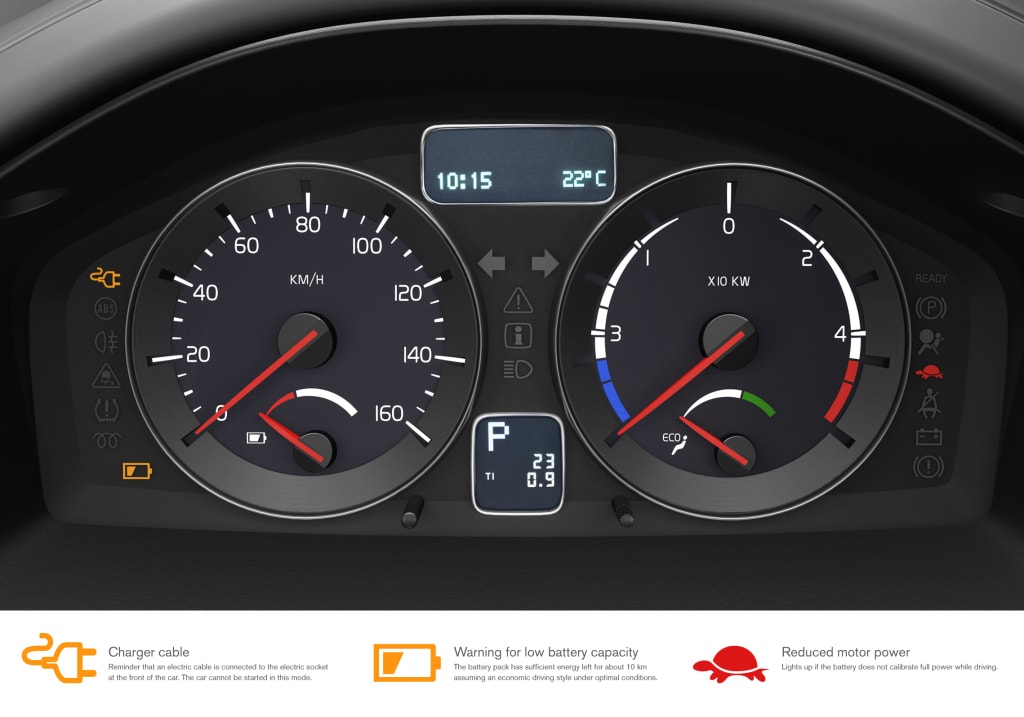In the purest Volvo way, the Swedish manufacturer announced today it debuted research program to look into "a variety of safety scenarios for cars with electric power." The aim is to adapt some of the technologies used in today's vehicles for use in EVs, as the latter have different safety requirements.
"A holistic approach and real-life traffic conditions are always the starting-point for Volvo's safety work. Based on our massive database featuring input from actual road accidents, we know where the focus must lie in everyday traffic conditions. The solutions we have developed for our forthcoming electric cars therefore take into account the situations that are unique to this type of car," Thomas Broberg, Volvo Cars safety expert said.
The increased battery protection is needed because, in case it is damaged, it can cause the release of a harmful gas. Even in the unlikely case the battery ruptures, special evacuation ducts direct the gas away from the car's occupants. The battery is automatically shut down when sensors detect a crash, preventing the risk of a short circuit.
To look into the matter, Volvo has split safety technologies in 5 stages, each representing a different phase of accident sequence.
Normal driving – in this stage, a system is required to monitor each of the battery cell, so that each maintain the correct voltage level and optimal operating temperature. If any changes are being recorded, the system will automatically shut down the battery.
Conflict – the weight of the battery is an important factor which influences the car's behavior. The increased mass will be handled by Volvo's Dynamic Stability and Traction Control (DSTC).
Avoidance – to avoid an imminent accident, the cars will use Collision Warning with Full Auto Brake and City Safety to either completely avoid the crash or limit its consequences. In this area, the systems used will basically be the same as in any other car.
Collision – if the collision cannot be avoided, the battery needs to be protected from the impact. For that reason, it will be placed in the rear of the car between the wheel housings, separated from the car's crumple zones. According to Volvo, even in the case of a rear-end collision, the battery will be protected thanks to the use of steel beams and other reinforced body parts.
After the collision – to prevent short-circuits, Volvo batteries will use a system similar to the household earth fault circuit breaker. It will shut down and isolate the battery if the electric current travels the wrong way or if two cables come in contact as a result of the accident.
As was the case with the vehicles and safety systems in use today, we are confident Volvo will come up with some type of contraption to increase EV safety. Even if the guidelines for such systems were already drafted, further EV development will definitely bring on new challenges for manufacturers to solve.
"A holistic approach and real-life traffic conditions are always the starting-point for Volvo's safety work. Based on our massive database featuring input from actual road accidents, we know where the focus must lie in everyday traffic conditions. The solutions we have developed for our forthcoming electric cars therefore take into account the situations that are unique to this type of car," Thomas Broberg, Volvo Cars safety expert said.
The increased battery protection is needed because, in case it is damaged, it can cause the release of a harmful gas. Even in the unlikely case the battery ruptures, special evacuation ducts direct the gas away from the car's occupants. The battery is automatically shut down when sensors detect a crash, preventing the risk of a short circuit.
To look into the matter, Volvo has split safety technologies in 5 stages, each representing a different phase of accident sequence.
Normal driving – in this stage, a system is required to monitor each of the battery cell, so that each maintain the correct voltage level and optimal operating temperature. If any changes are being recorded, the system will automatically shut down the battery.
Conflict – the weight of the battery is an important factor which influences the car's behavior. The increased mass will be handled by Volvo's Dynamic Stability and Traction Control (DSTC).
Avoidance – to avoid an imminent accident, the cars will use Collision Warning with Full Auto Brake and City Safety to either completely avoid the crash or limit its consequences. In this area, the systems used will basically be the same as in any other car.
Collision – if the collision cannot be avoided, the battery needs to be protected from the impact. For that reason, it will be placed in the rear of the car between the wheel housings, separated from the car's crumple zones. According to Volvo, even in the case of a rear-end collision, the battery will be protected thanks to the use of steel beams and other reinforced body parts.
After the collision – to prevent short-circuits, Volvo batteries will use a system similar to the household earth fault circuit breaker. It will shut down and isolate the battery if the electric current travels the wrong way or if two cables come in contact as a result of the accident.
As was the case with the vehicles and safety systems in use today, we are confident Volvo will come up with some type of contraption to increase EV safety. Even if the guidelines for such systems were already drafted, further EV development will definitely bring on new challenges for manufacturers to solve.



